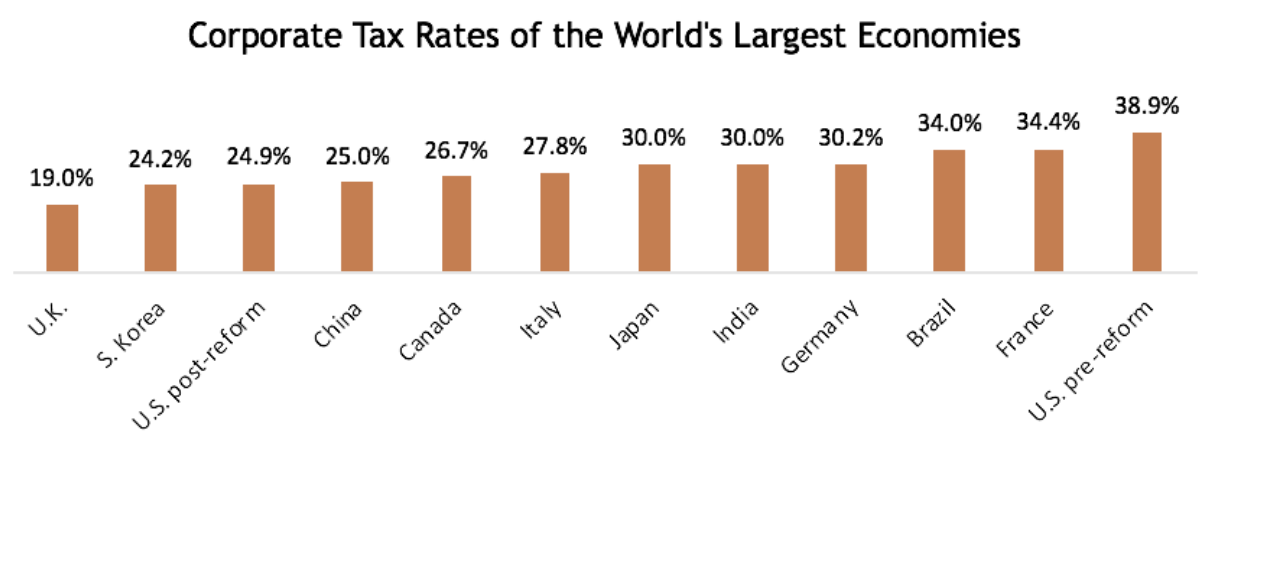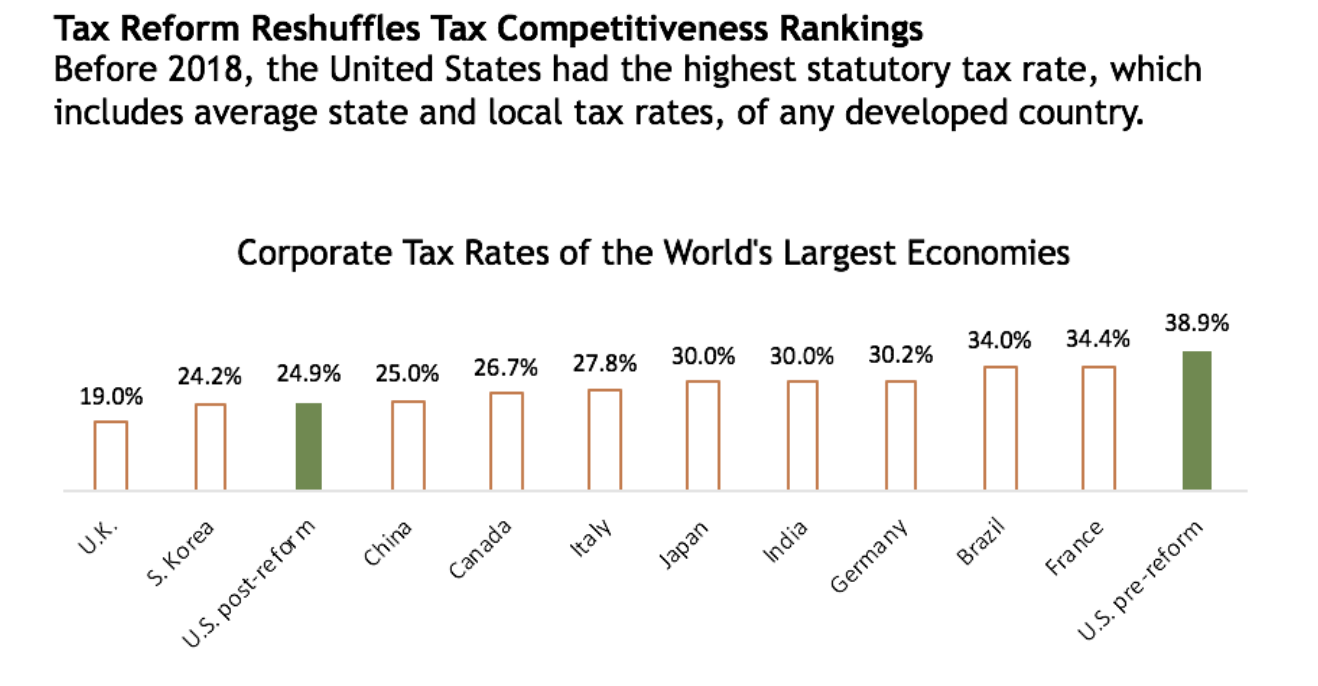When it comes to creating a high-quality quarterly investor letter, finding the right words to tell a compelling story is only half the battle. The other half requires making sure the way the information is presented on the page is visually appealing.
How your letter appears visually matters–a lot. This is especially the case as more readers are consuming your letter on non-traditional platforms, like smartphones or tablets.
Presenting your letter as huge blocks of text definitely is not a best practice. Use elements such as subheads, bullet points, and other formatting tools to make your letter more “scannable” for the reader. You only have your readers’ attention for a short amount of time, so they need to be able to quickly look at your letter and identify the most important information without having to read the entire letter.
There are many ways to improve your letter’s “scannability.” Three of the most valuable, which I cover in more detail below, are:
- Write descriptive headers
- Don’t let numbers speak for themselves
- Use, but don’t abuse, bullet points
Write Descriptive Headers: Don’t State the Topic; State the News
Many investor letters have headlines for individual sections along the lines of “Portfolio Performance,” “Market Conditions,” “2018 Outlook,” and “Fund Administration.” These headers certainly help readers know what topic you’re addressing, but they don’t provide any clues about the main takeaway from each section.
You can accomplish both by using section headers that combine the topic and the biggest news about that topic. One way to do this is by using the following construct: “[Topic]: [News].”
For example, rather than using “2018 Outlook” as your header, use “2018 Outlook: Strengthening Fundamentals Outweigh Rising Valuations.”
Other tips for writing solid subheaders include omitting non-essential articles, like “a,” an,” and “he”; using action verbs; keeping headers 10 words or fewer; and avoiding puns or jokes that may be obscure or which aren’t obvious to the reader.
Don’t Let Numbers Speak for Themselves
Writing about investment fund performance almost guarantees that your letter will be filled with numbers, charts, and graphs. However, the problem is that these charts often present just the numbers and don’t guide the readers in understanding what is significant about the data.
To get around this issue, make sure that any charts or graphs included in your letter have corresponding headlines and/or captions that highlight the key takeaway of the data and explain how the information connects to the bigger story of the fund’s performance.
.jpg)
Moreover, because readers’ eyes will be drawn to charts before they read the body of the letter, make sure the charts can live on their own and tell a complete story apart from the body of the letter. In addition to adding a descriptive headline and caption, use simple data-visualization techniques to focus readers’ attention on the most important data.
To see these principles in action, check out the two charts below. Note how the second version leaves no ambiguity about the main idea that the reader should take away from the charts.
NOT BAD:
 MUCH BETTER:
MUCH BETTER:

Use, But Don’t Abuse, Bullet Points
One of the best ways to make it easier for readers to absorb your information is by using bullet points. These lists help break up the monotony of paragraph after paragraph of copy, adding valuable white space to the letter. Bulleted lists also help readers understand how specific items fit into a larger hierarchy.
Still, be careful not to overuse bulleted lists. Like any rhetorical device, they are most effective when used sparingly.
Tips for using bullet points include:
- Include an introductory phrase or sentence
- Use a consistent structure for how each bullet in a list is worded
- Omit punctuation at the end of bullets, unless each bullet is a complete paragraph
- Use the word “include” to signal that the list isn’t intended to be exhaustive
…
In my next post, I’ll explain why establishing a streamlined, repeatable process for writing investor letters–or any other form of thought leadership–is equally as important as using storytelling techniques and making your letter visually appealing.
Until then, click here to receive the complete e-book on how investment professionals can improve their quarterly letters.
About the Author

Scott Wentworth is the founder and head financial writer at Wentworth Financial Communications. Scott and the team of writers and editors at WFC help professionals across the financial services industry build their brands by creating investment-grade white papers, bylined articles, newsletters, blogs, social media posts, and other forms of content marketing.
